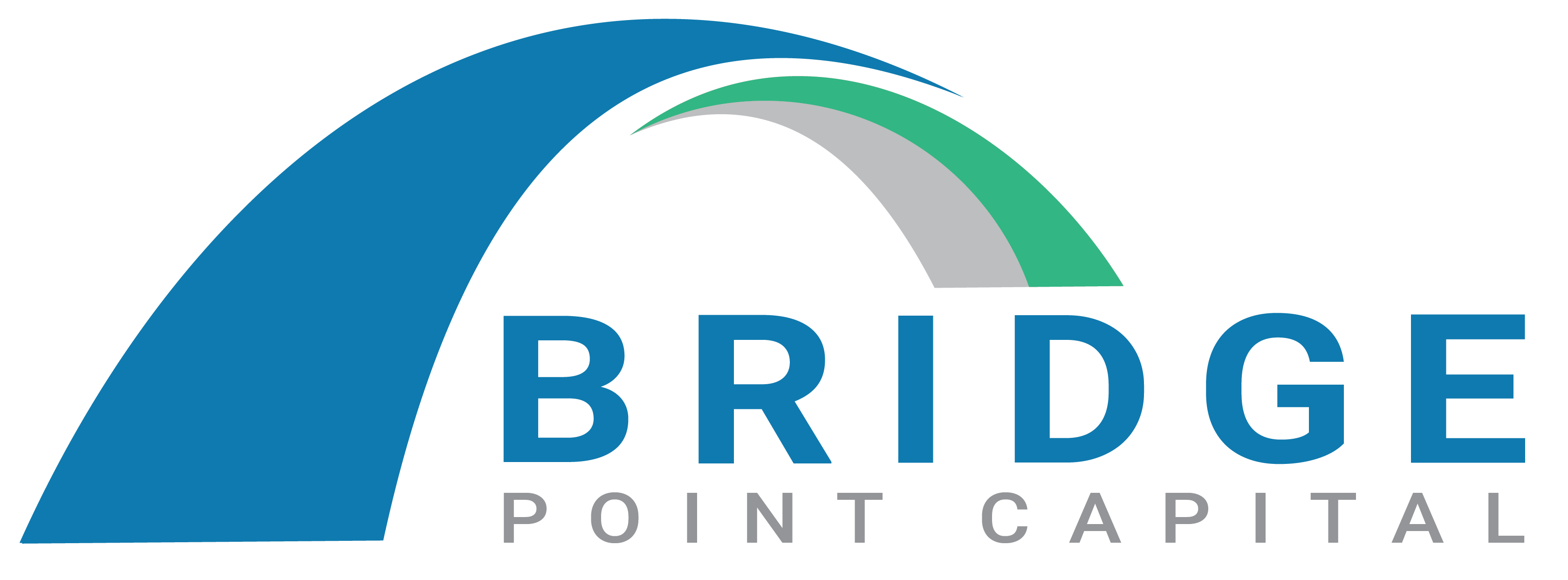Tackling the Traumatic Brain Injury Crisis – Head First

The concussion crisis of the NFL has been a controversial topic in the United States for a long time. If you look at the stats of concussions in the 2018 NFL season, there was actually a 29% drop from the 2017 regular season – 214 vs 281, which is mainly due to the league encouraging the use of advanced helmets.[1] The number of concussions were down, but only after an abnormal spike one year before – according to league reports, in 2017 players suffered from more concussions than any other year in history. We’ve seen the league’s efforts to ameliorate this situation, however it’s not very likely that concussions will totally vanish from this sport. Naturally, people wonder if there’s an efficient and accurate way to diagnose possible traumatic brain injuries (TBIs). This is crucial for everyone since we all somehow have an exposure to TBIs, which often is caused by a bump, blow or jolt to the head or by a hit to the body that induces the head and brain to move back and forth rapidly. What will the future be like for TBI diagnosis? Advanced Point-Of-Care Testing (POCT) technologies might be the answer, according to analysts of Bridge Point Capital.
TBIs are commonly seen during sports games that require fierce confrontations, such as football, soccer, lacrosse, etc. Diagnosis for TBIs are challenging: the two most common methods of diagnosis – the Glasgow Coma Scale and CT scans – are either inaccurate or cumbersome and time consuming. An advancement in precise Point-Of-Care Testing is critically important for people, especially athletes. POCT refers to tests designed for use near the site of a patient’s care, and its results are used in making clinical decisions and for enhancing the management of diseases and conditions. Part of the NFL concussion debate is when an athlete had a possible brain injury during a game, the athlete couldn’t receive proper on-site diagnosis/treatment before being put on a stretcher and heading for a CT scan.
Global Market for Point-of-Care Testing Technologies, by Region, Through 2022 ($ Millions)
| Region | 2016 | 2017 | 2022 | CAGR% 2017-2022 |
| North America | 2,213 | 2,525 | 4,150 | 10.4 |
| Europe | 2,079 | 2,411 | 4,325 | 12.4 |
| Asia | 1,229 | 1,430 | 2,616 | 12.8 |
| RoW | 1,067 | 1,236 | 2,193 | 12.2 |
| Total | 6,588 | 7,602 | 13,284 | 11.8 |
Basic POCTs are already widely adopted in developing countries due to the lack of modern laboratories and related cost issues. Developing countries often lack the advanced laboratories with fully automated instruments to provide accurate, quantitative and complex result. The table above shows the global market for point-of-care testing technologies. According to the table, most interestingly, the Asian POCT market encounters the fastest growth in terms of CAGR. Will this bring in a dark horse that attracts a pile of private equity investments? We don’t know yet, but one thing we can be sure – the underlying investment opportunities for the Asian POCT market is self-evident, and is still untapped compared to North America or Europe.
Let‘s take a look at
the vast and lucrative Chinese market. On the basis of a report by Ministry of
Transport of the People’s Republic of China, in the year of 2016 alone, there
were over 8.5 million traffic accidents (a common cause of TBIs) in China.[2]
But due to lack of understanding and absence of proper diagnosis process, many
people that suffered from concussions missed the optimal timing for treatments.
The relatively high CT scan fee for uninsured or underinsured populations is
another factor that people tend to skip diagnosis which may lead to potential
more severe brain damage. All in all, our estimation for the Chinese concussion-diagnosis
market is that it will become a billion-dollar marketplace once there is a
product with high accuracy, time efficiency, and price dominance
[1] https://www.fastcompany.com/90300790/nfl-concussion-statistics-2018-2019-on-super-bowl-day-heres-the-latest-head-injury-data
[2] http://gb.oversea.cnki.net/KCMS/detail/detail.aspx?filename=YIGU201802029&dbcode=CJFD&dbname=CJFD2018
